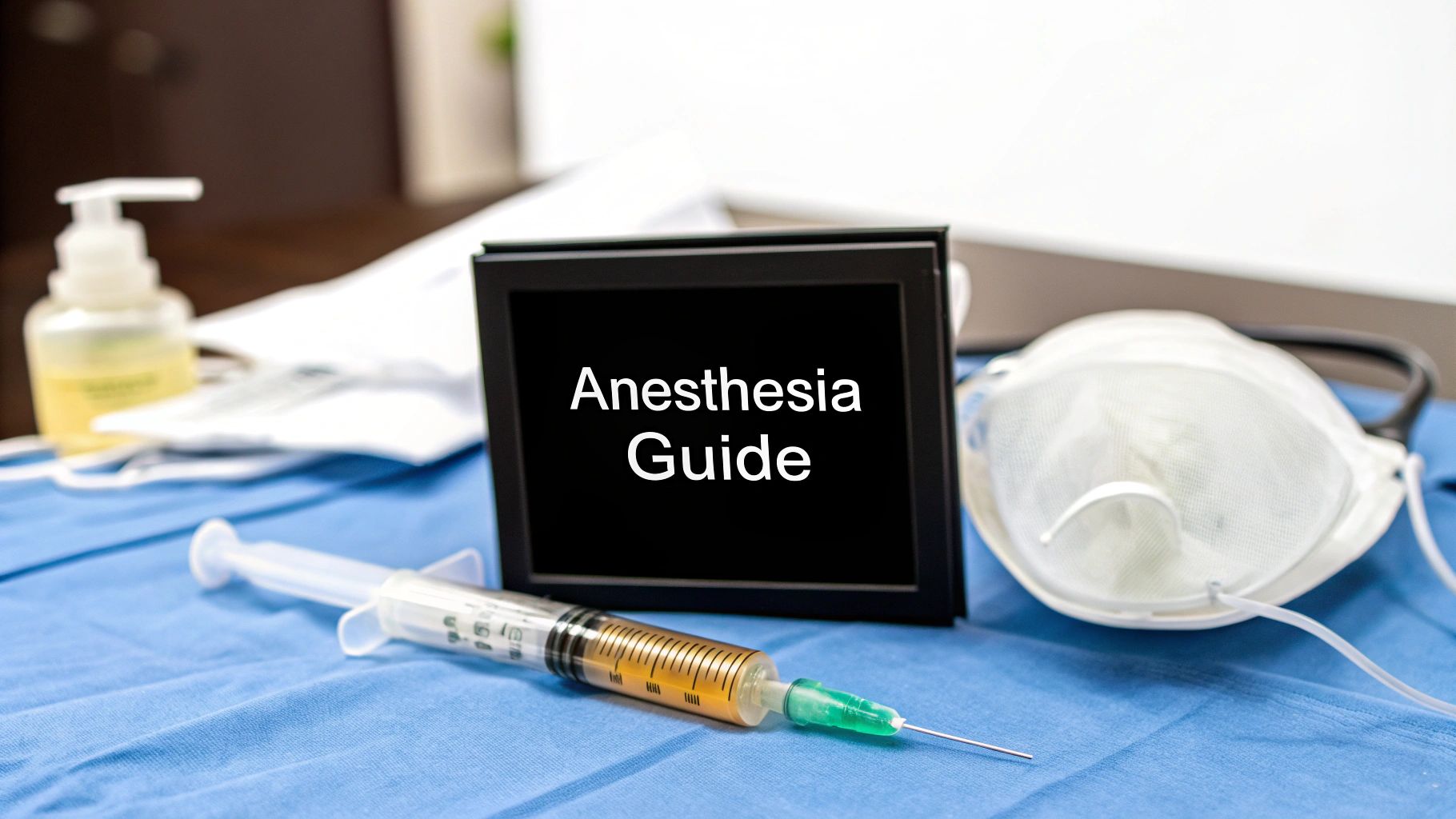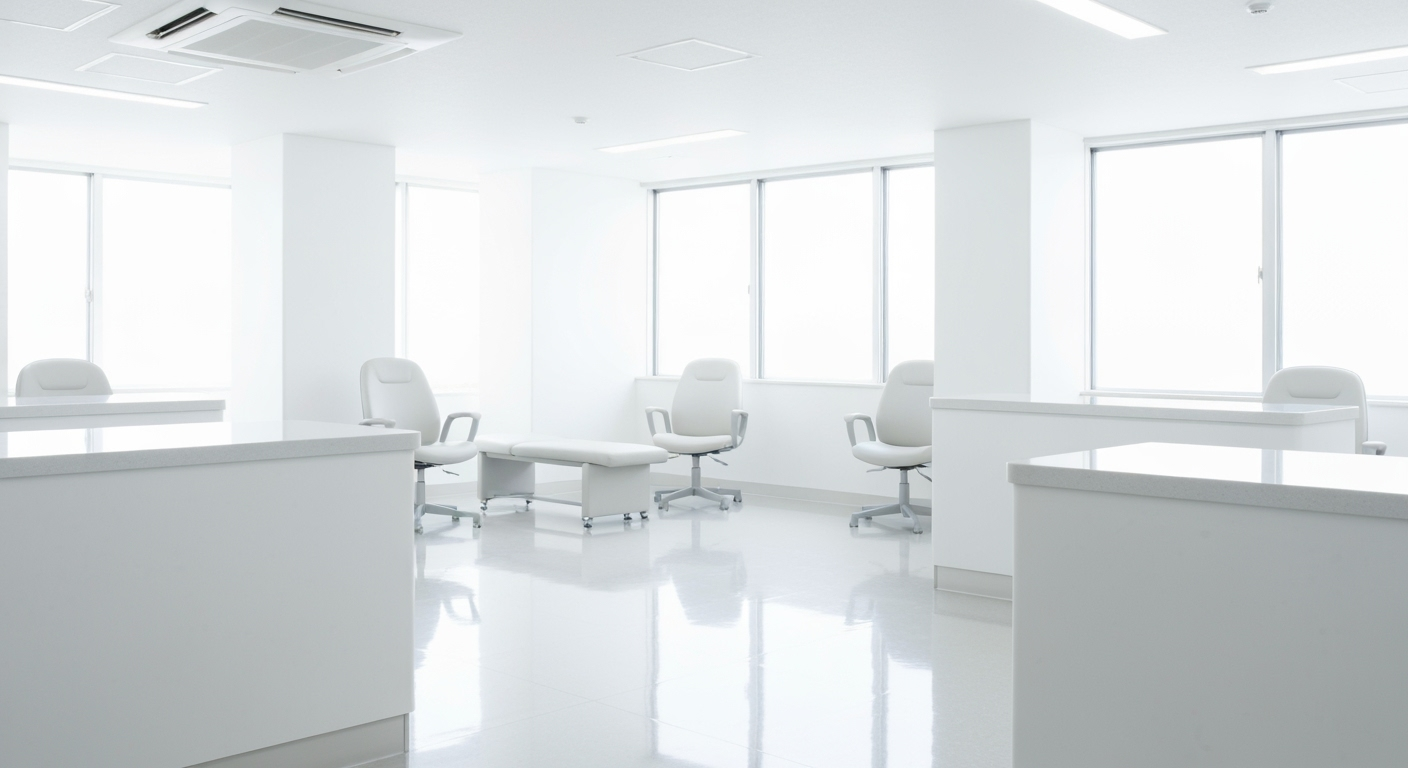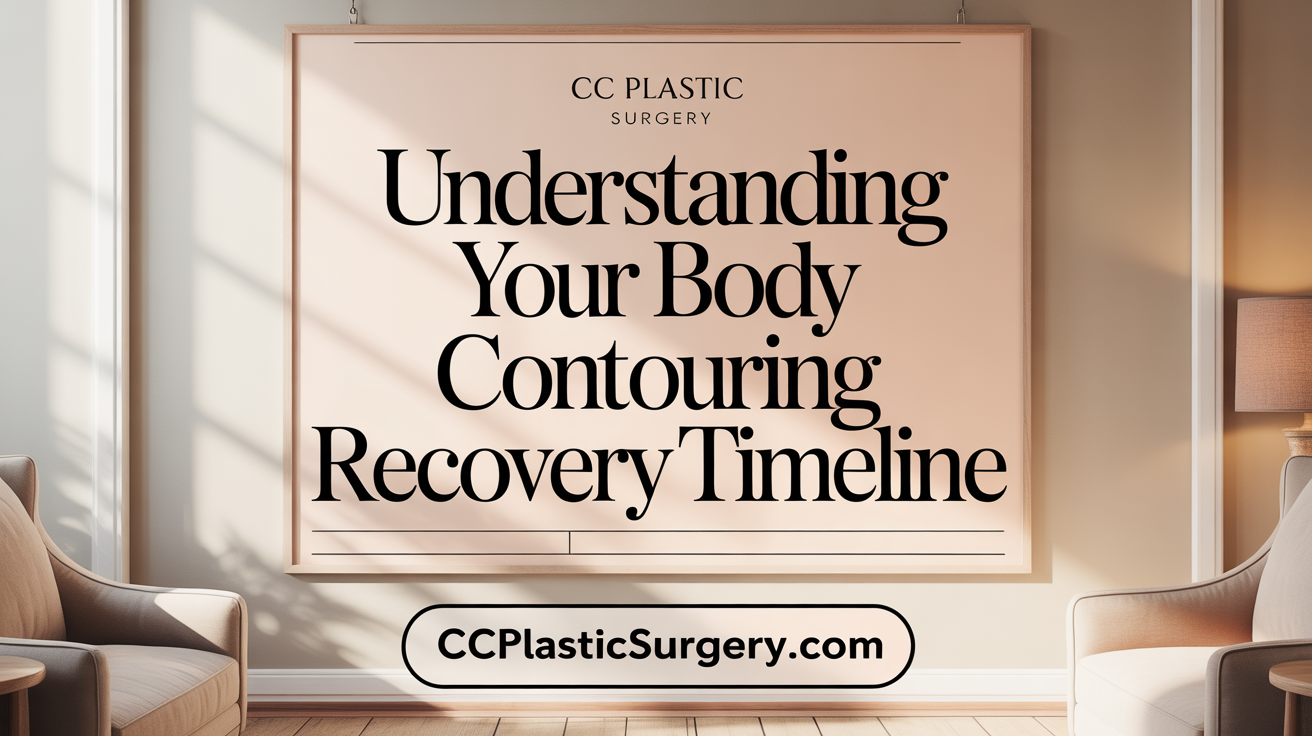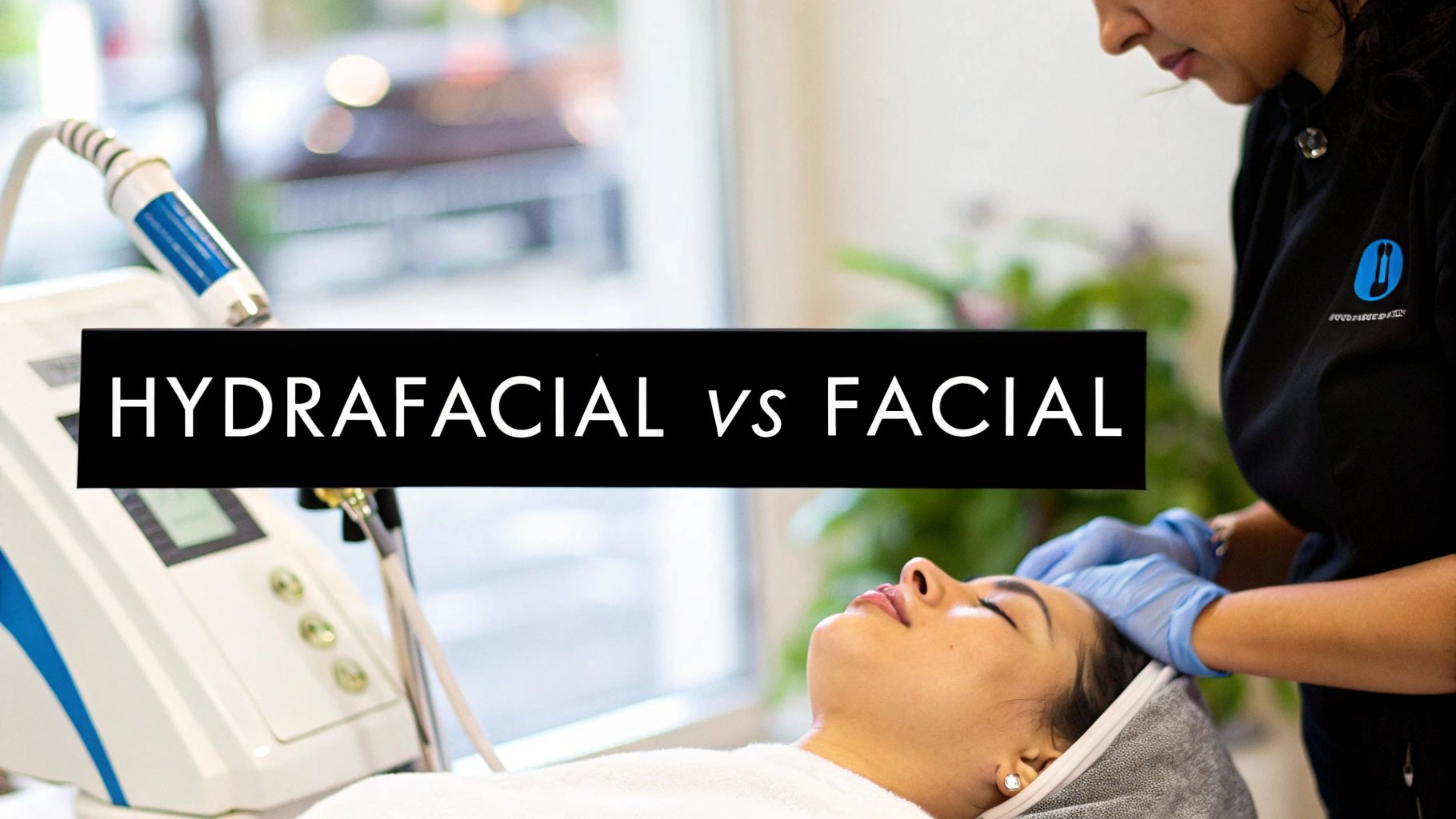
October 12, 2025
Anesthesia Types for Surgery A Patient's Guide
Discover the main anesthesia types for surgery. This guide explains general, regional, local, and sedation to help you prepare for your procedure.
Aug 24, 2025

Recovering from liposuction involves more than just downtime; it’s a multifaceted process that requires attention to care, lifestyle adjustments, and medical advice to ensure the best results and faster healing. This article provides comprehensive tips and an expert overview of what to expect during your post-liposuction recovery journey, emphasizing how to support your body for a smooth and efficient healing process.

A standard recovery process begins right after the procedure. Most patients feel manageable discomfort within the first 24 hours, with swelling, bruising, and soreness peaking between days 2 and 4. During the initial week, rest is crucial; patients are advised to wear compression garments constantly, which help reduce swelling and shape the body. Within 3 to 5 days, many can return to work, especially if it involves light activity. Over the following weeks, swelling gradually decreases, and visible results start to emerge, often noticeable around one month. By weeks 2 to 4, patients observe significant reduction in swelling and discomfort. Full results, including skin tightening and optimal contour, usually develop over 3 to 6 months, with continued improvements up to a year.
Liposuction recovery can be outlined in three main phases:
The process of skin reattachment and tightening varies among individuals. Initial tightening effects may start around two months post-surgery and can continue to improve over six months. Swelling and residual fluid often resolve within the first two weeks, but subtle irregularities or slackness could last longer. Complete skin retraction and the fading of incisions typically take several months. Factors like age, skin elasticity, and the extent of fat removal influence this timeline. In some cases, additional procedures, such as skin tightening treatments, might be necessary to perfect the contour and ensure that the skin reattaches smoothly.

Wearing compression garments consistently for 4 to 8 weeks is essential to support the healing process. These garments help reduce swelling, support the skin as it contracts, and maintain the new contours of the body. Proper compression improves blood flow and decreases the risk of fluid accumulation, such as seromas. It is crucial to follow your surgeon’s instructions regarding garment fit and duration of wear to achieve the best possible results.
Following prescribed medication regimens is vital for managing pain and reducing inflammation. Painkillers and anti-inflammatory drugs can make recovery more comfortable and help control discomfort as swelling decreases. Avoiding unnecessary anti-inflammatory medications unless prescribed ensures that swelling and bruising are minimized. Always inform your surgeon of any side effects or concerns related to your medications.
Keeping incisions clean and dry helps prevent infections and promotes proper healing. It is recommended to gently clean the sites with a damp cloth, avoiding hot water or soaking in baths for at least two weeks. Regularly changing bandages and monitoring for signs of infection—such as increased redness, swelling, or discharge—is essential. Wear loose, breathable clothing to avoid irritation and allow your skin to breathe.
To minimize infection risk, avoid baths, pools, and still water for at least four weeks. Keeping incisions dry and clean is key, as is monitoring for any unusual symptoms. Using sterile techniques when dressing wounds and avoiding lotions or makeup on the treated areas unless approved by your surgeon further reduces risks. Promptly contacting your doctor if signs of infection appear supports swift intervention.
Regular follow-ups enable your surgeon to monitor healing progress, remove any drains if used, and address concerns early. These visits also provide opportunities to adjust compression garments, review medication effectiveness, and plan the next stages of recovery. Attending all scheduled appointments ensures complications are minimized and results optimized.
Proper sleep positioning, like keeping your head elevated or inclined, helps reduce swelling and discomfort during the initial weeks. Maintaining this posture minimizes fluid buildup and supports drainage. Ensuring a comfortable, supportive sleep environment can also improve rest quality, which is crucial for healing.
During recovery, activities involving heavy physical effort, intense movement, or strenuous exercise should be avoided for at least four to six weeks. Patients should steer clear of smoking, alcohol, and blood-thinning medications like ibuprofen immediately after surgery, as these can impair healing and increase bleeding risks. Hot baths, saunas, and soaking in still water must be avoided to prevent infection and swelling. Exposure to direct sunlight should be minimized on treated areas to avoid pigmentation issues. Additionally, massages or applying lotions or makeup on the incision sites are discouraged unless explicitly approved by your surgeon. Adhering to these precautions and following your surgeon’s instructions on activity restrictions, garment use, hydration, and diet ensures a safer, more comfortable recovery.

Yes, drinking water plays a vital role in liposuction recovery. It supports the body’s natural healing by helping to eliminate toxins and reduce swelling, which is common after the procedure. Staying well-hydrated also promotes lymphatic drainage, alleviating discomfort and preventing fluid buildup such as seromas.
During recovery, it is recommended to drink at least 8 to 10 glasses of water daily. Proper hydration helps your body flush out excess fluids and supports tissue repair. It also aids in reducing inflammation and promotes better circulation, which can speed up healing times.
In addition to drinking plenty of water, adopting other healthy habits such as wearing compression garments, following an anti-inflammatory diet, and limiting salt intake can further enhance recovery. These measures work together to minimize swelling, decrease inflammation, and support optimal results.
Maintaining good hydration is an essential part of a smoother, more comfortable recovery process after liposuction, allowing your body to heal efficiently and reducing the risk of complications.

Yes, walking can help speed up recovery after liposuction by improving circulation and preventing blood clots. Engaging in light walking, such as short walks around your home, encourages blood flow, reduces swelling, and supports the healing process.
It is important to start with gentle activities and gradually increase the duration as your body heals, following your healthcare provider’s instructions. Wearing compression garments and staying well-hydrated also enhance recovery, while avoiding strenuous activities ensures proper healing.
Most patients find that beginning to walk within the first week post-surgery boosts circulation, eases stiffness, and promotes overall healing. However, heavy lifting and demanding exercises should be avoided for at least 4 to 6 weeks, as prescribed by your surgeon.
Always attend follow-up appointments and communicate with your surgeon if you experience severe symptoms such as increased swelling, pain, or unusual discomfort. This helps ensure a safe, effective, and comfortable recovery period.
Maximizing your liposuction results depends heavily on diligent post-surgical care and lifestyle choices. Following your surgeon’s instructions carefully is crucial; this includes wearing compression garments exactly as prescribed to help reduce swelling, support tissues, and shape your body during the healing process.
Staying well-hydrated and eating a nutritious, low-salt diet supports healing and minimizes water retention, which can otherwise cause swelling. Gentle activities like light walking stimulate blood flow and lymphatic drainage, helping to decrease swelling and promote an even contour.
Avoiding smoking and alcohol during recovery is essential, as these substances impair blood flow, hinder healing, and increase the risk of complications. Proper sleep positions also contribute to smoother recovery—preferably sleeping on your back with your head elevated in the initial weeks to prevent undue pressure on treated areas.
Choosing loose, breathable clothing adds comfort and prevents skin irritation. Regular follow-up care with your surgeon allows for monitoring your progress, addressing concerns promptly, and ensuring you achieve the best long-term results.
By adhering to these guidelines—wearing supportive garments, maintaining a healthy lifestyle, avoiding harmful habits, and staying attentive to your body's signals—you can help secure a smooth recovery and enjoy the full benefits of your liposuction procedure.

Creating a comfortable, quiet space dedicated to rest can significantly enhance your recovery after liposuction. This area should be equipped with soft pillows, easy-to-reach necessities, and soothing items like books or music. Keeping the environment calm helps promote healing and reduces stress.
It’s crucial to allocate sufficient time for rest during the initial weeks. Most patients need at least two weeks off work and should avoid strenuous activities for four to six weeks. Prioritize relaxation, and avoid rushing back into daily routines too soon, as this can hinder healing.
Liposuction recovery is not the time to start new projects or take on demanding tasks. Your body needs time to heal, and engaging in stressful activities can delay progress. Use this period to focus on your well-being and let your body rebuild naturally.
Having someone to assist with daily chores, transportation, and emotional support is beneficial. They can help monitor your condition, remind you to wear compression garments, and encourage adherence to your post-operative instructions.
Choose breathable, loose-fitting clothing that won’t irritate your skin or put pressure on the treated areas. Light fabrics improve comfort and allow the skin to breathe, facilitating effective healing.
Follow your surgeon's recommendations for pain medications and anti-inflammatory drugs. Proper pain control reduces discomfort and helps maintain normal blood pressure, minimizing bruising and swelling. Report any excessive pain or unusual symptoms to your healthcare provider promptly.
Recovery after liposuction is a critical phase that demands patience, discipline, and informed care to ensure optimal results. By understanding the multiple stages of healing, adhering closely to post-operative advice, and embracing lifestyle habits that reduce swelling and promote tissue repair, patients can significantly expedite their recovery timeline. Incorporating hydration, nutritious food, gentle movement, and proper use of compression garments, alongside regular communication with your surgeon and a strong support system, lays the foundation for comfort and success. Remember, every individual's healing journey is unique, and following expert guidance tailored to your needs will help you achieve the best possible outcome and enjoy the benefits of your liposuction procedure to its fullest.

October 12, 2025
Discover the main anesthesia types for surgery. This guide explains general, regional, local, and sedation to help you prepare for your procedure.

October 11, 2025
Learn the key differences between hydrafacial vs regular facial to choose the right treatment for glowing, healthy skin. Read our expert guide now!

October 10, 2025
Explore the best treatments for sagging skin, from non-invasive to surgical options. Find the perfect solution to restore your youthful appearance.